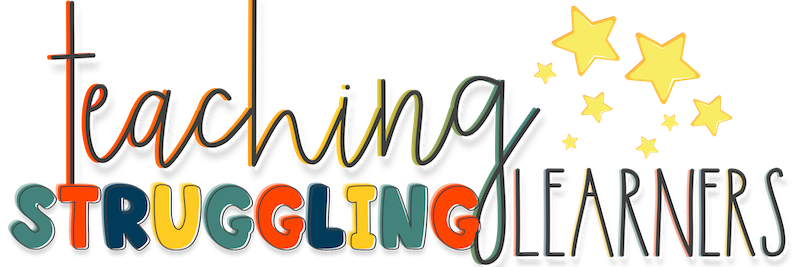Does RTI and Tier 3 confuse you? We are going to explain Tier 3 today!
Before we dive into explaining Tier 3….do you feel comfortable with Tiers 1 and 2? If not….I understand! Check out RTI Tiers 1 and 2 Explained, then come back here for information on Tier 3!
Have a good handle on Tiers 1 and 2 and ready to move on?
Let’s go!

Let’s get one thing out of the way….RTI is NOT a highway to special education.

Many teachers, administrators, and parents think that the RTI process is a way to “get” a child into special education….as though special education is the goal of the process.
This is not the case at all! The goal of RTI is to fill in learning gaps and weaknesses to prevent a student needing additional services and possible removal from the general education instruction.
If you are wondering about what happens before Tier 3…check out last weeks’ post about Tier 2!
If we are using the Tier correctly, the students we serve will be better equipped to be successful in the general education curriculum, without additional special education supports. This is why I am so passionate about this process.
I see the potential this process has in supporting all learners.
So, let’s dive into explaining Tier 3…..
Tier 3 is the most focused and intense level of the RTI process,
Students reach Tier 3 if they have been found to struggle at both the Tier 1 and 2 levels. This means that the supports provided at the Tier 2 level were not helping the student make enough growth to be able to be successful in the general education classroom independently.

The interventions at the Tier 3 level can be provided by the classroom teacher or a specialist, depending on district rules and available resources. Those interventions should be focused on the cause of the problem, and be intense enough that the student should see some progress at this level.
At the Tier 3 level, progress monitoring data should be taken at least weekly to determine if the intervention is working, or if it needs to be changed.
Usually, when a student has been at Tier 3 for a month or so, teachers and parents start to ask what happens next. The answer is…..it depends. The team must decide about the progress made and next steps. One of the best things about this process is the answers are not left up to one individual. A team of educators come together to support the student and help determine what would best support that student’s progress.
That is Tier 3 in a nutshell…..But if you would like to have RTI Tier 3 explained with more examples and ideas, check out Episode 5 of Reaching Struggling Learners RTI Tier 3 Explained.
